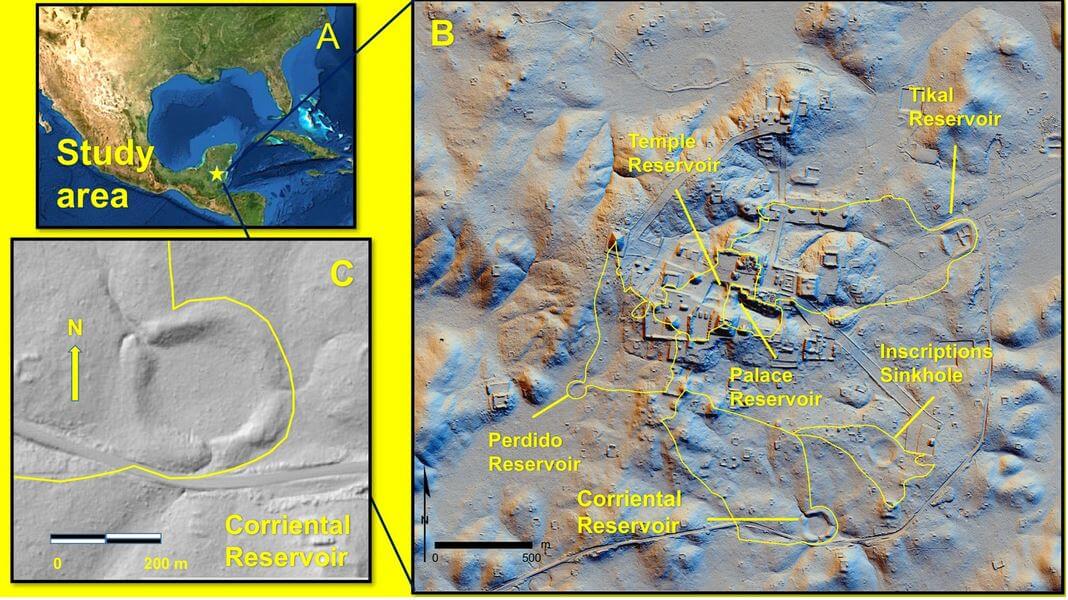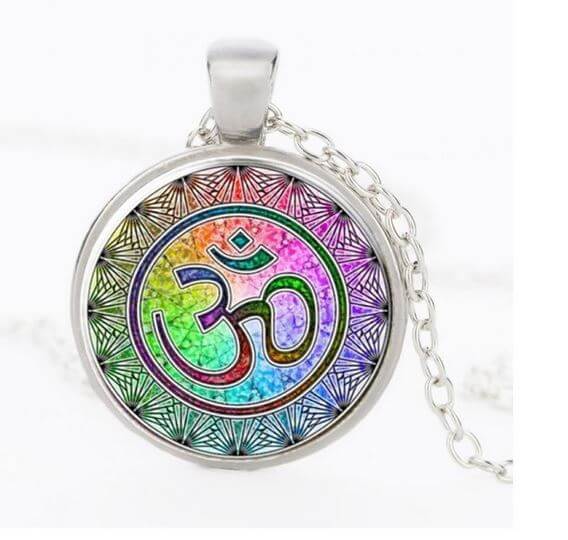
Ancient Mayan water purification system
 02. 11. 2020
02. 11. 2020
US experts have discovered evidence of a water purification system in the Corriental reservoir in Tikal. They found quartz and zeolite there - which are still used in filtration systems in water treatment plants. Such minerals can filter out heavy metals, microbes and toxins. A team of researchers found these crystalline compounds on a ridge, 18 miles northeast.
One of the oldest water purification systems in the world
The ancient Mayan nation of Central America developed one of the oldest water purification systems in the world that would still work today, according to a scientific study. U.S. experts have found evidence of a system dating back more than 2 years ago at the Corriental Reservoir in Tikal, northern Guatemala. This site - once a key source of water for the ancient Maya - contained crystalline quartz in coarse sand and zeolite imported from the site, 000 miles northeast of the city.
Quartz and zeolite, as a compound containing silicon and aluminum, together serve to form a molecular sieve, both of which are still used in modern water filtration systems. An ancient filter would remove heavy metals, harmful microbes, nitrogen-rich compounds and other toxins from the water of the Mayan civilization, said a team of experts from the USA. The molecular sieve works in the same way as a kitchen sieve, albeit on a much smaller scale, capturing harmful elements but allowing water itself to pass through. The Elders - The Mayans in Central America have developed one of the oldest water purification systems in the world that will work to this day. (Pictured are the remains of a temple in the Mayan city of Tikal in northern Guatemala.)
An ancient filter would remove heavy metals, harmful microbes, nitrogen-rich compounds and other toxins from the water. The picture shows a mock-up of the device, how the filter could work, located just in front of the tank. When water passed through a so-called molecular sieve, harmful elements would be trapped from the stream. Scientists imagine that zeolite and quartz hold a woven petate - a type of palm fiber - along the limestone wall at the bottom.
This system was very effective
"Interestingly, this system will still be effective today, and the Maya discovered it more than 2000 years ago," said author and anthropologist Kenneth Barnett of Tankersley University in Cincinnati, Ohio. This means that the ancient filtration system preceded its counterparts in Europe and would be the first of its kind in the so-called New World. Scientists have traced the origins of quartz and zeolite - the second was found only near Tikal, on the steep ridges of Bajo de Azúcar, about 29 kilometers northeast of the city.

Sitemap Tikal. (A) Location of Tikal in the southern Mayan lowlands. (B) The location of the reservoirs in Coral, Palace, Perdid, Temple and Tikal and the Inscription and their catchment area. (C) An image of a corridor reservoir derived from hill lidars. The shadow shadow images of the hills derived from lidar (B, C) were created by Francisco Estrada Belli.
As in other Mayan cities, Tikal was built on porous limestone, which made access to drinking water difficult for most of the year when the region faced a seasonal drought. The place Bajo de Azúcar, from which the crystalline compounds were imported into Tikal, was discovered by the author of the report and geographer Nicholas Dunning, also from the University of Cincinnati. "It was a bare, weathered volcanic tuff of quartz grains and zeolite. It was a good drain, "said Professor Dunning. "Workers refilled their water bottles. It was known locally how clean and sweet the water was then. ”
Probably due to very clever empirical observations, the ancient Mayans saw that this particular material was associated with pure water, and made some effort to transport it to Tikal. U.S. experts have found evidence of a system dating back more than 2000 years ago to a reservoir in the eastern part of the city of Tikal in northern Guatemala.
"The ancient Maya lived in a tropical environment and had to be innovators. This is a remarkable innovation, "said Professor Tankersley. "Many people look at the indigenous peoples of the Western Hemisphere as not having the same technical or technological potential in places like Greece, Rome, India or China," he said. But when it comes to water management, the Maya were millennia ahead. ”
The full study was published in the Scientific Reports.
Incredible cities, astronomical knowledge
The Mayan civilization prospered in Central America for nearly 3000 years and peaked between 250 and 900 AD The Mayans were the only fully developed written language among pre-Columbian Americans. The Mayans also had highly advanced art and architecture, as well as mathematical and astronomical systems. During this time, these ancient people built incredible cities using advanced machines, gained astronomical knowledge, and developed advanced farming methods and accurate calendars.
The Maya believed that the universe shaped their daily lives and used astrological cycles to determine when to grow crops and set calendars. This led to the theory that the Mayans may have chosen the location of their cities in accordance with the stars. It is known that the pyramid at Chichen Itza was built according to the position of the sun during the spring and autumn equinoxes. When the sun sets on these two days, the pyramid casts a shadow on itself, which is in harmony with the relief of the head of the Mayan snake god. The shadow acts on the snake's body so that when the sun sets, the terrifying god seems to glide to the ground. The influence of the Maya can be detected from Honduras, Guatemala and western El Salvador to central Mexico, more than 1 km from the Mayan region.
The Mayan nation has never disappeared. Today, their descendants make up a considerable population throughout the area of the then Mayan settlement. They maintain a distinctive set of traditions and beliefs that result from the fusion of pre-Columbian and later ideas and cultures.
Tip from Sueneé Universe
OM pendant with necklace
Necklace with a pendant in the shape of a mandala and the symbol of OM. A beautiful Christmas present!

OM pendant with necklace





 1
1

